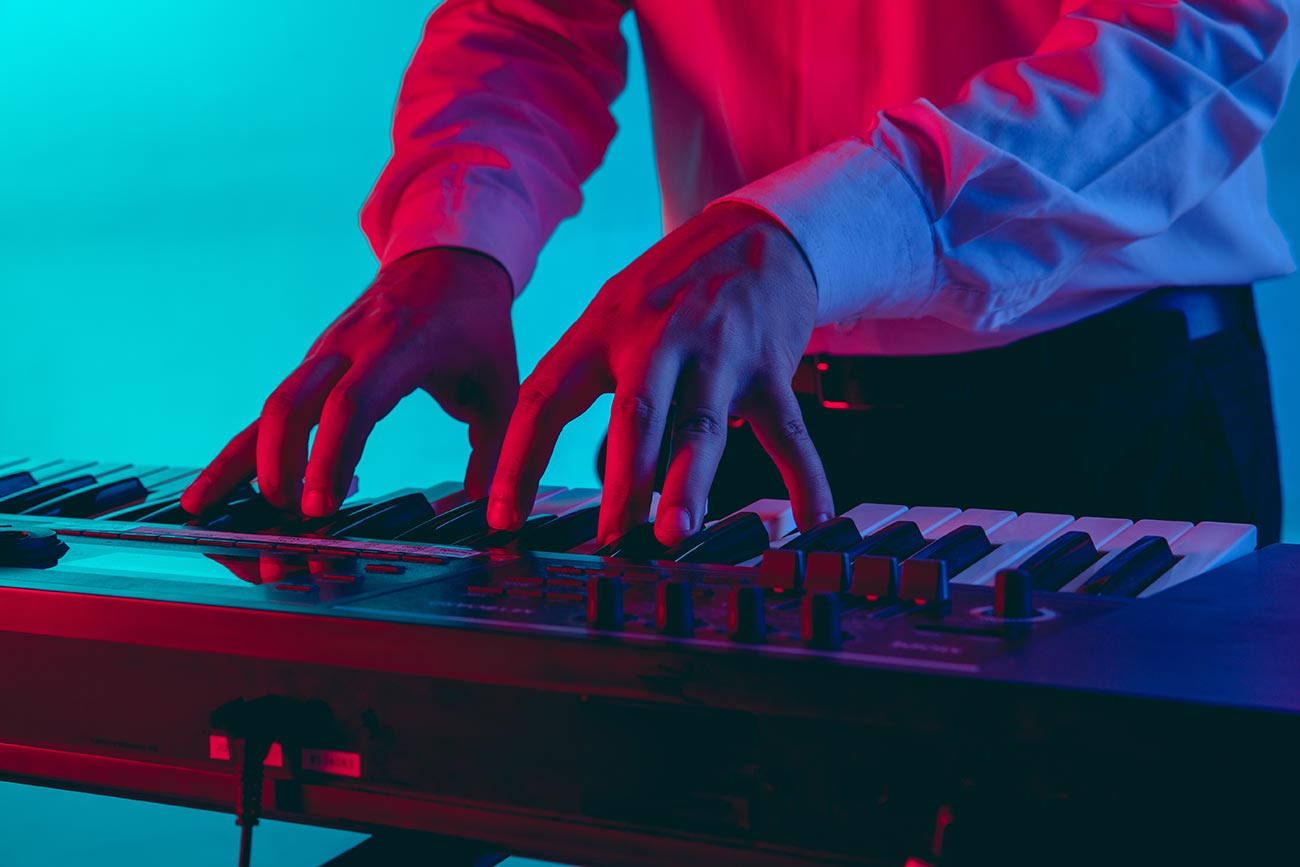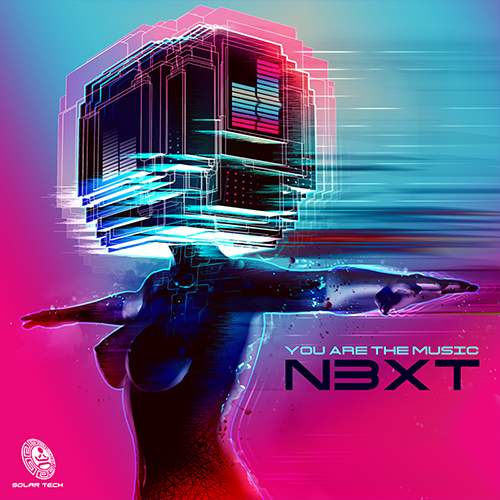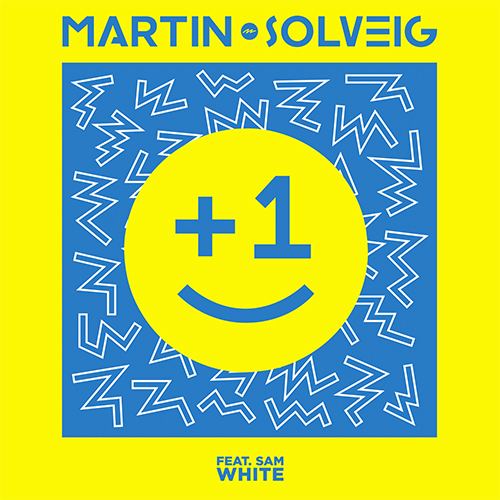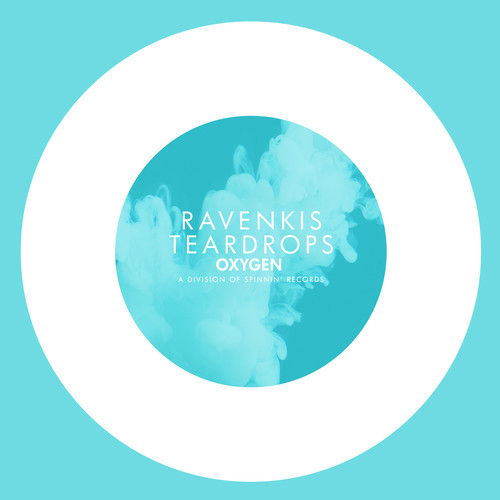-
 play_arrow
play_arrow
Clubalicious Clubalicious Radio
-
 play_arrow
play_arrow
London Calling Podcast Yana Bolder

I’m a night owl, and I have been as long as I can remember. Sometimes I write after dinner, when the distractions of the day are over, or I watch the Warriors. Maybe I’ll start binge-watching a new limited series or catch up on email. Most often I’ll do some reading. But if the television is on after 11, it’s most likely the lights are out and I’m watching an old movie. Something from before 1980, most often pre-1960.
It’s a quirk I’ve developed over the years. In primetime, I’ll watch new; late night, I watch old. Turner Classic Movies is in my Favorites, but I’ll also turn to Prime Video for the old Westerns or WWII military thrillers. I’ve watched Nick and Nora in all the Thin Mans, and I’m partial to the Basil Rathbone portrayals of Sherlock Holmes. I must have watched Once Upon a Time in the West and The Wild Bunch a dozen times each.
A couple of nights ago, I re-watched The Magnificent Seven for the first time in years. It took about 1.2 seconds, or about four notes and the first hint of that famous Elmer Bernstein theme, for me to be sucked right back into the Mexican village, looking for help from a few men good with guns. What a score! Absolutely brilliant. More than 60 years later, coming out of a soundbar in Oakland, it still drips with sorrow, rides the waves of tension, and soars with triumph. I was flooded with memories and emotion, all from a few notes.
I could cite similar moments from Lionel Newman, Dimitri Tiomkin, Ennio Morricone and many others, on up to the now-classic work of John Williams, where it also takes only four notes to imagine yourself as Indiana Jones riding a horse and chasing the Nazis; only two notes to send an entire generation of kids scrambling out of the ocean, terrified of a monster offscreen shark. The music itself elicits emotion; the orchestra gives it power.
There were also songs in those classics, but not in how we think of songs placed in movies today. Title tracks were big, as there were no closing credits, so you might suddenly hear Frankie Valli belting out a song as a wagon train rolls across the plains and the stars are introduced. Or, in the middle of the movie, for no real reason, Doris Day might break into a full version of ‘Que Sera” while putting her son to bed. Just the other night, in the middle of Man Without a Star, Kirk Douglas picked up a banjo and started dancing and singing around an 1880s saloon.
For much of Hollywood history, songs were used in a way that often seemed to interrupt a film, as if the movie is playing, then you break for the song, then the movie picks up again. Even in the most elaborate musicals, which were the blockbusters of their day, whenever a song begins, there is a brief, yet sharp edit we make inside our brains, where the character stops acting, starts singing, then returns to acting. Songs might have helped tell the story, but they also tended to interrupt the flow. The score was what they put on the soundtrack album. The songs sold a lot of singles.
That all changed, of course, and by the 1970s, directors had started to weave popular songs into film soundtracks, using them as score. There’s even a name for it: “scorce,” a combination of “score” and “source” (“source music” refers to music coming from the picture, such as a radio playing in a car). Martin Scorsese was perhaps the most visible early proponent of this technique. Today, it just seems normal. The Shrek soundtrack sold in the millions, and it’s all songs. I’m a big fan of the Dead Man Walking and the Wonder Boys soundtracks, though I couldn’t hum one note of either film’s score. As Bob Dylan sings in the latter, “Things Have Changed.”
Film music has certainly changed, as would be expected after 100 years. Take a minute to read this month’s feature on how music producer Greg Wells—working with production sound mixer Simon Hayes and re-recording mixer Andy Nelson, among others—played a huge role in bringing the music of Wicked to the screen, and how they all worked together to eliminate that gap between speaking, song and score.
Or visit elsewhere on the Mix website and listen to the sound team break down the way they moved in and out of song for their remarkable work on Emilia Pérez; hear from Oscar-winning composer Volker Bertelmann on how he searches for the unexpected, then ended up recording a cristal baschet to help define the score of Conclave; find out why they intentionally went for the raw vocals of Joaquin Phoenix and Lady Gaga in Joker: Folie à Deux; see and hear what Angelina Jolie brought to Maria with her on-set singing; or marvel at the way composer Rob Simonsen created and then wove his wonderful score in and around Madonna’s “Like A Prayer” for a climactic moment in Deadpool & Wolverine.
I love a big, bold, traditional orchestral score, Absolutely. And I love nothing more than a great song, wherever it might appear. And right now, I’m loving what’s going on when you marry a great song with a great score and bring it all together with a great picture.
—Tom Kenny Co-Editor
Written by: Admin
Similar posts
Recent Comments
No comments to show.Featured post

Latest posts
Current show

Day Dreaming Radioshow
Day Dreaming Radioshow
Show Format: Guest Mix: 1st hour of the show Host Mix: 2nd hour of the show Genres: We welcome a variety of genres, including but not limited to: Funk, Disco, Indie/Dance, Deep, Minimal, House, Afro, Progressive, Tech House, Melodic House and Techno Day Dreaming Radio-show - A World Wide Show
closeUpcoming shows

Fresh Is Fresh
THIS WEEKS HOTTEST DANCE RELEASES FROM DEE JAY PROMOTIONS
22:00 - 00:00
Uplifting Only
Ori Uplift
00:00 - 02:00
Fresh Is Fresh
THIS WEEKS HOTTEST DANCE RELEASES FROM DEE JAY PROMOTIONS
02:00 - 07:00
Stardust
Bergwall
07:00 - 08:00
Finnish Dance Chart
Top 40 Hottest Dance Tracks In Finland
09:00 - 11:00Chart












